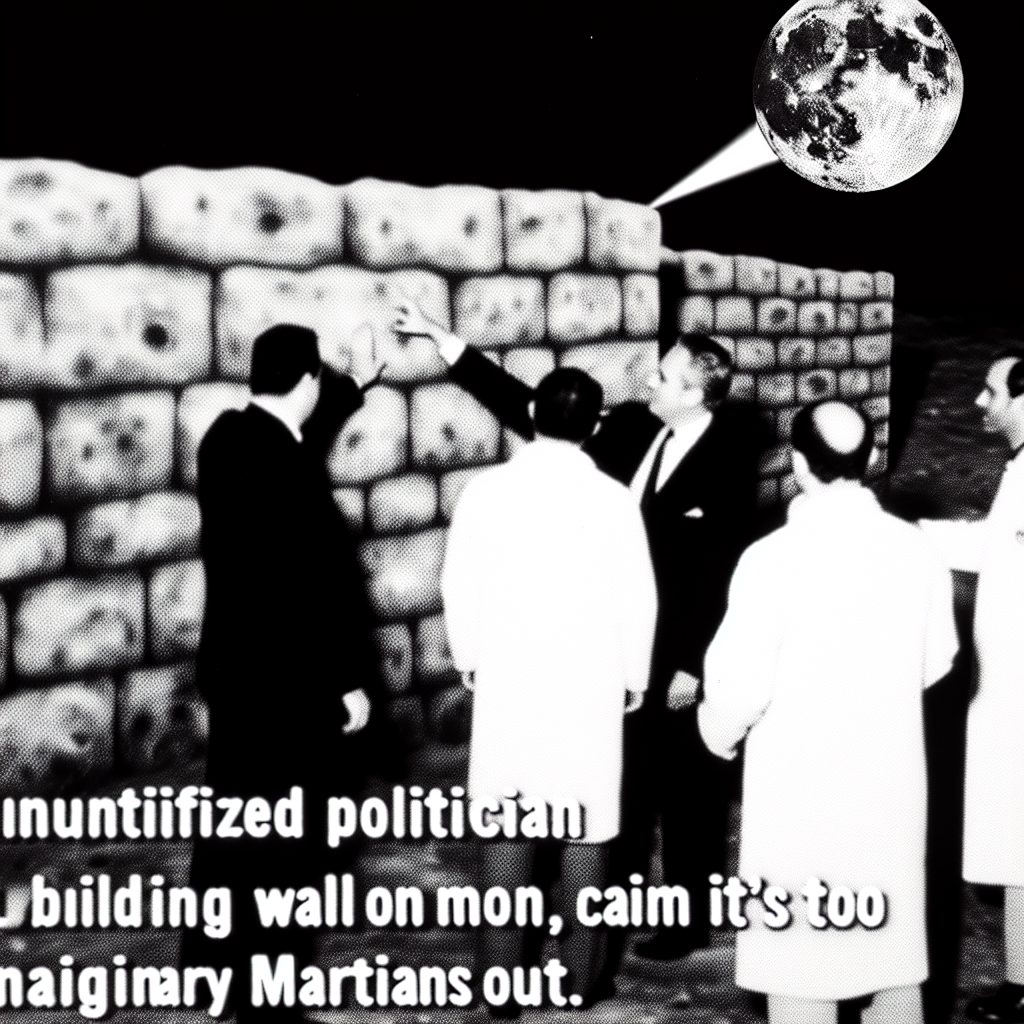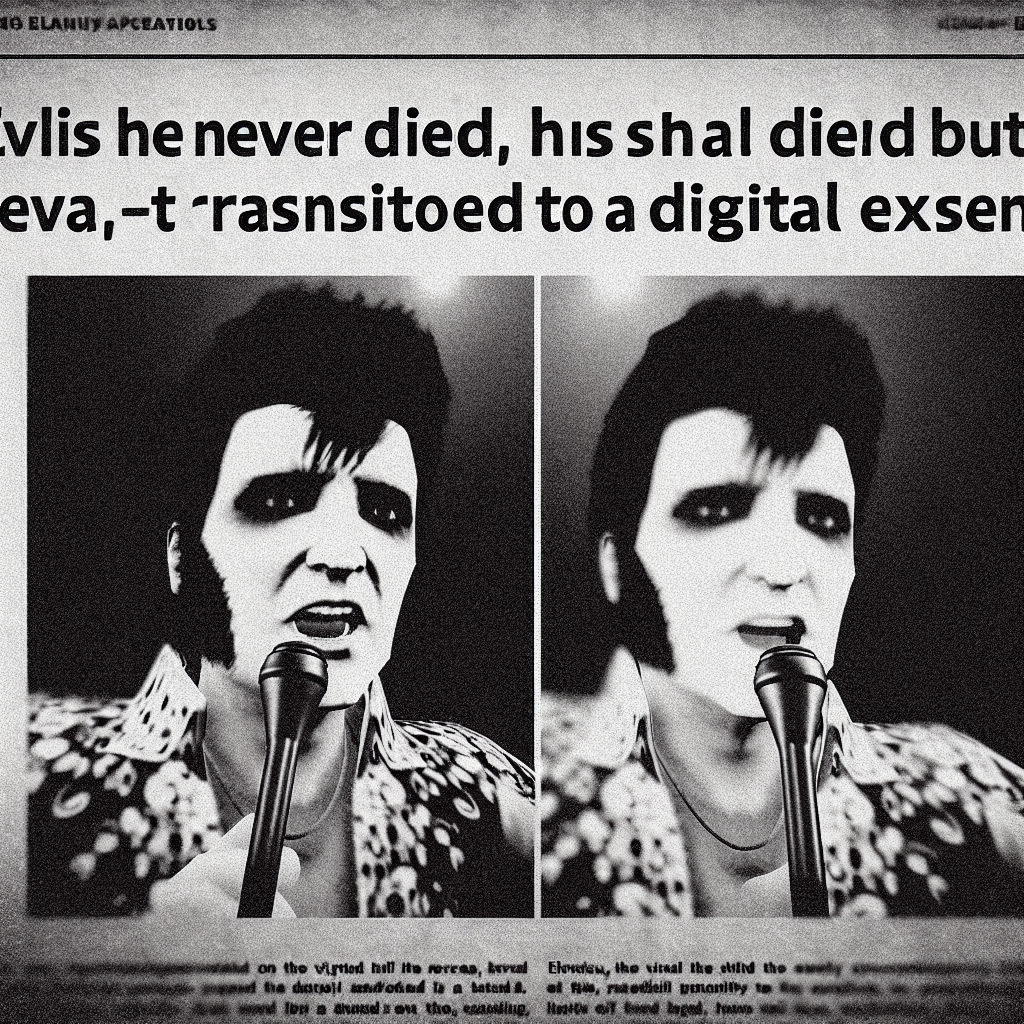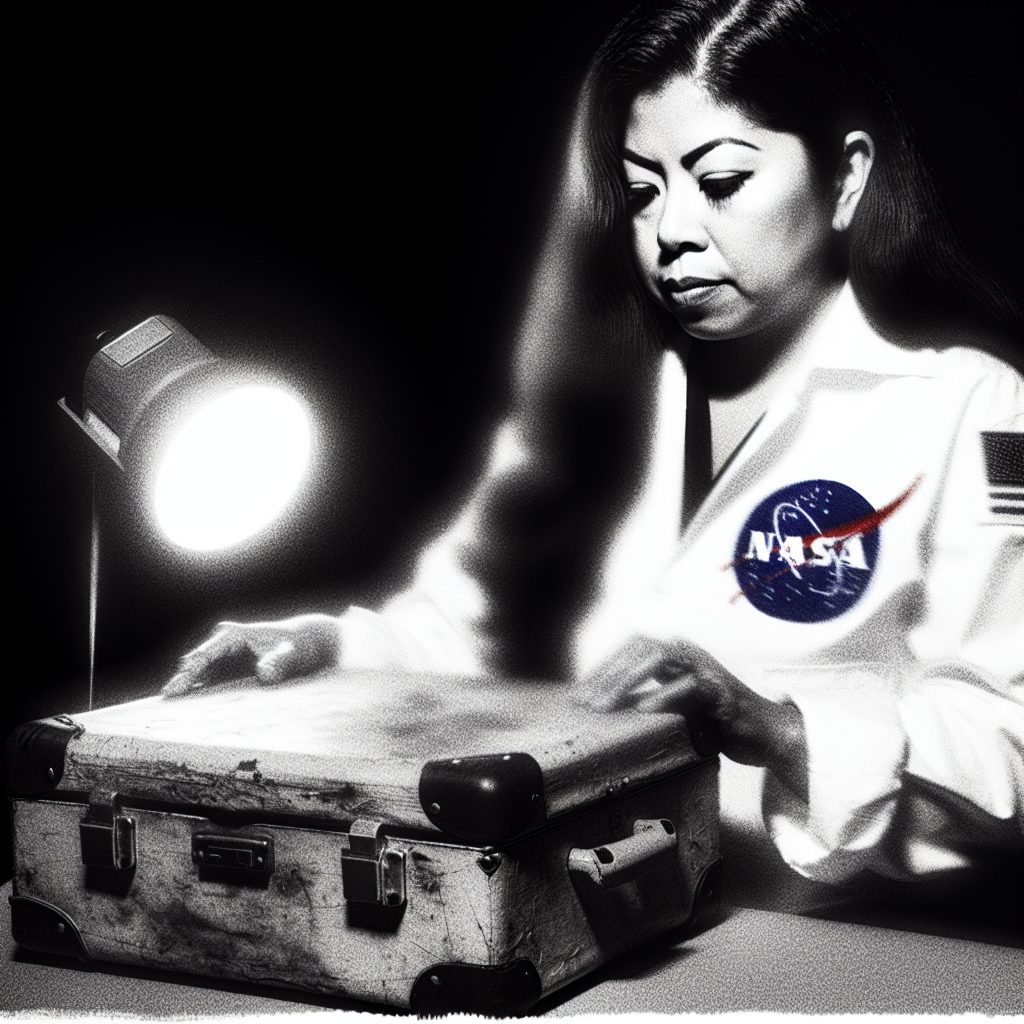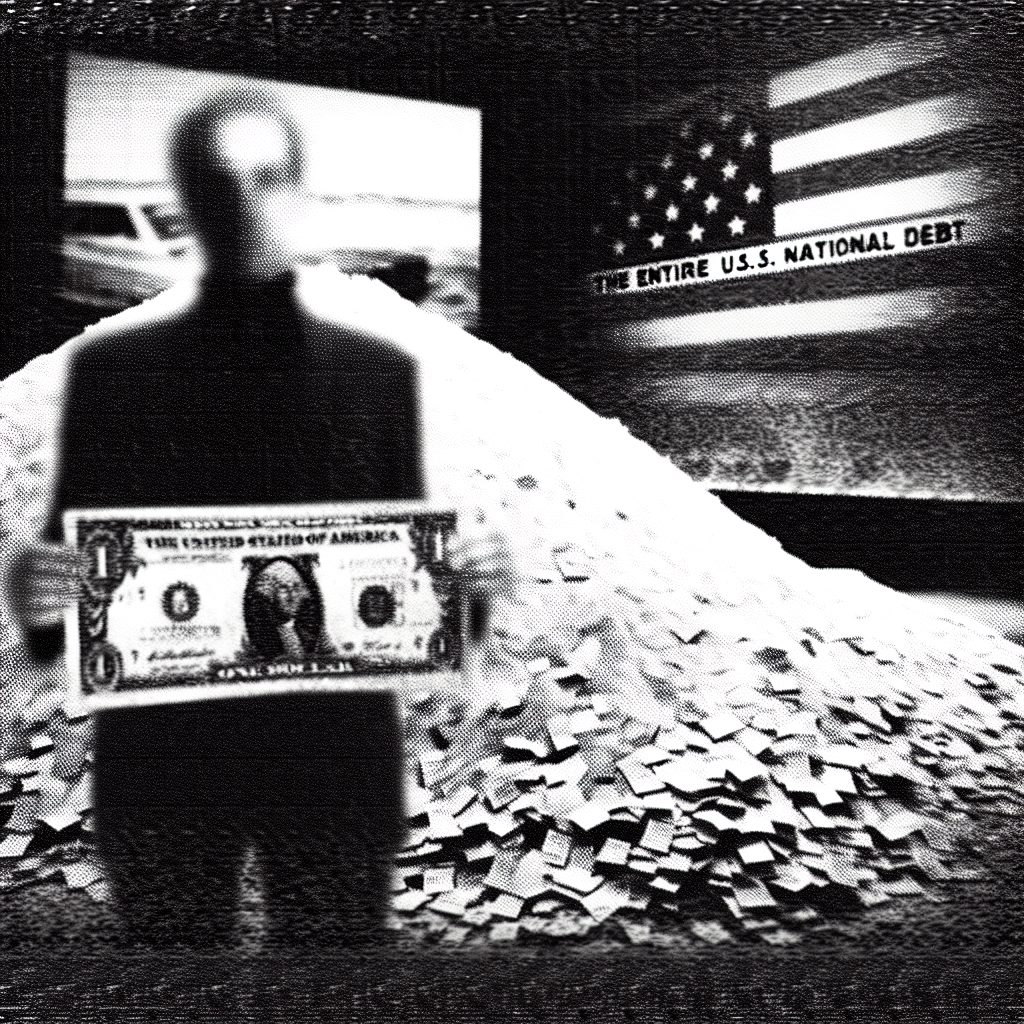Time Traveler Caught Trying to Buy Bitcoin in 2008
Bumbling temporal tourist offered a bewildered programmer "magic internet money."
PALO ALTO, CALIFORNIA – A bizarre incident at a Stanford University computer lab in November 2008 has resurfaced, sending shockwaves through the scientific community and raising disturbing questions about temporal manipulation and government cover-ups that have been hidden from the public for over a decade.
According to newly leaked documents obtained by this reporter, a disheveled man in his mid-thirties appeared at the university’s Gates Computer Science Building on November 15, 2008, desperately seeking someone who could help him acquire what he called “magic internet money.” The mysterious visitor, who gave his name only as “Marcus,” approached several graduate students with an increasingly frantic plea to help him purchase something called “Bitcoin” – a term that meant absolutely nothing to anyone at the time.
“This guy was acting totally unhinged,” recalls former Stanford computer science student Jennifer Walsh, who was working late in the lab that fateful evening. “He kept waving around this weird device that looked like a super-thin computer screen, showing us charts and graphs of something called ‘BTC’ prices. He was practically crying, saying he needed to buy 10,000 coins before it was ‘too late.’ We thought he was having some kind of mental breakdown.”
What makes this incident truly extraordinary is that Bitcoin wouldn’t be introduced to the world until January 3, 2009 – nearly two months after this mysterious encounter. Even more shocking, the price charts “Marcus” was showing depicted Bitcoin values reaching nearly $70,000 per coin, a figure so astronomical that it suggests knowledge of events decades into the future.
The situation became even more surreal when Marcus began offering payment methods that defied explanation. Security footage, allegedly confiscated by federal agents within hours of the incident, reportedly shows the time traveler attempting to pay with currency bearing dates from 2024 and beyond. He also tried to transfer funds using what appeared to be advanced banking applications that displayed account balances in the millions.
“He kept tapping this glass rectangle, getting more and more frustrated when nothing happened,” Walsh continues. “He was muttering about ‘network connectivity’ and ‘temporal interference.’ At one point, he grabbed me by the shoulders and begged me to ‘just mine one block’ for him. None of us had any idea what he was talking about.”
Dr. Marcus Steinberg, a theoretical physicist at MIT who specializes in temporal mechanics, believes this incident represents concrete evidence of time travel technology being actively deployed. “The specificity of this individual’s knowledge, combined with his obvious unfamiliarity with 2008-era technology, strongly suggests he originated from our future,” Dr. Steinberg explains. “His desperation indicates he may have been attempting to alter his own timeline, possibly to prevent some personal financial catastrophe.”
Campus security was eventually called when Marcus became increasingly agitated, reportedly screaming about “missing the boat” and how he would “never financially recover” from his predicament. By the time officers arrived, however, the mysterious visitor had vanished without a trace, leaving behind only a strange metallic device that witnesses described as emitting a low humming sound.
Government agents allegedly arrived on scene within the hour, confiscating all security footage and interviewing every witness. Students were reportedly warned to sign non-disclosure agreements or face “serious consequences.” The incident was officially classified as a “mental health emergency” and buried in bureaucratic paperwork.
The timing of this encounter becomes even more suspicious when considered alongside Satoshi Nakamoto’s sudden appearance in cryptographic forums just weeks later. Could the mysterious Bitcoin creator have been inspired by this temporal tourist’s visit? Or perhaps Marcus’s bumbling attempt to change history inadvertently caused the very invention he sought to exploit?
What other secrets about cryptocurrency’s true origins are being hidden from the American people? And how many other time travelers are walking among us, desperately trying to rewrite their financial futures?
The characters and events depicted in this story are entirely fictitious. Any similarity to real persons, living or dead, or to actual events is unintentional and purely coincidental.









